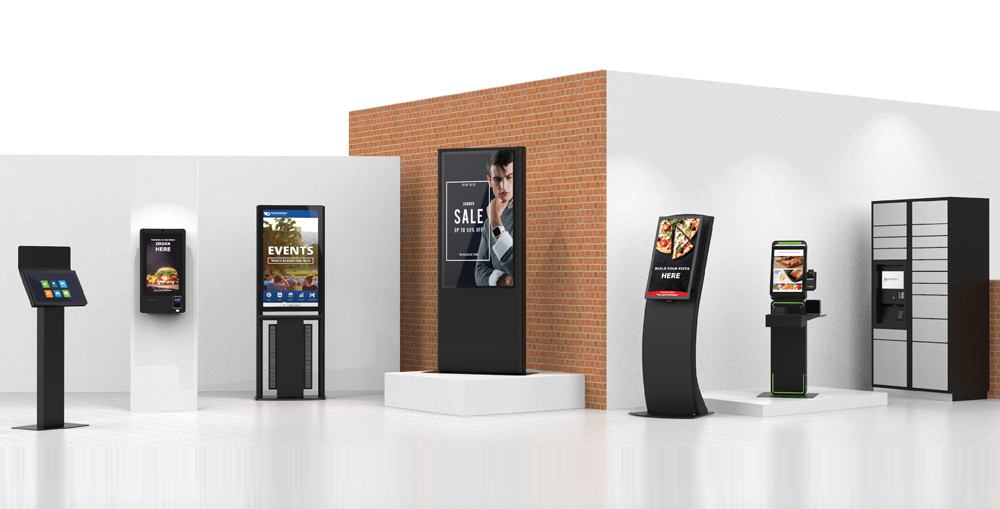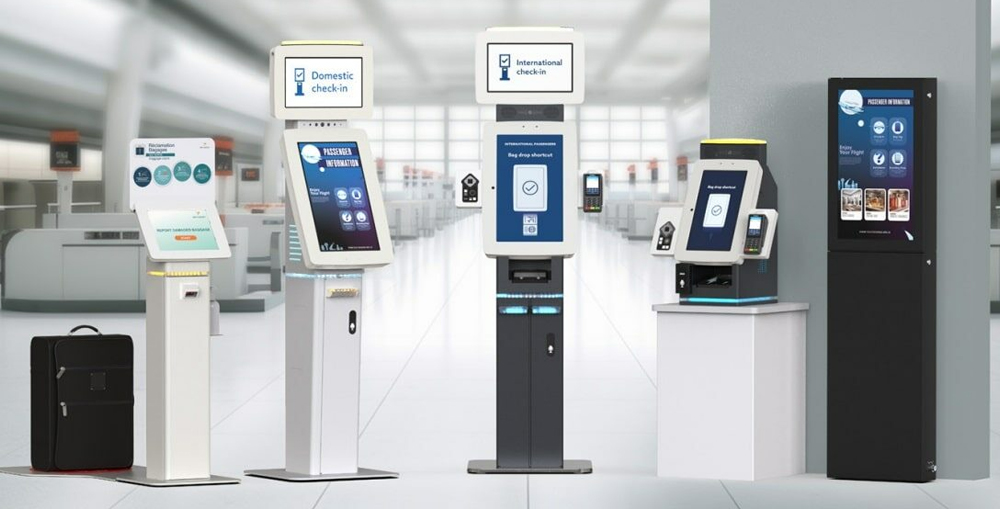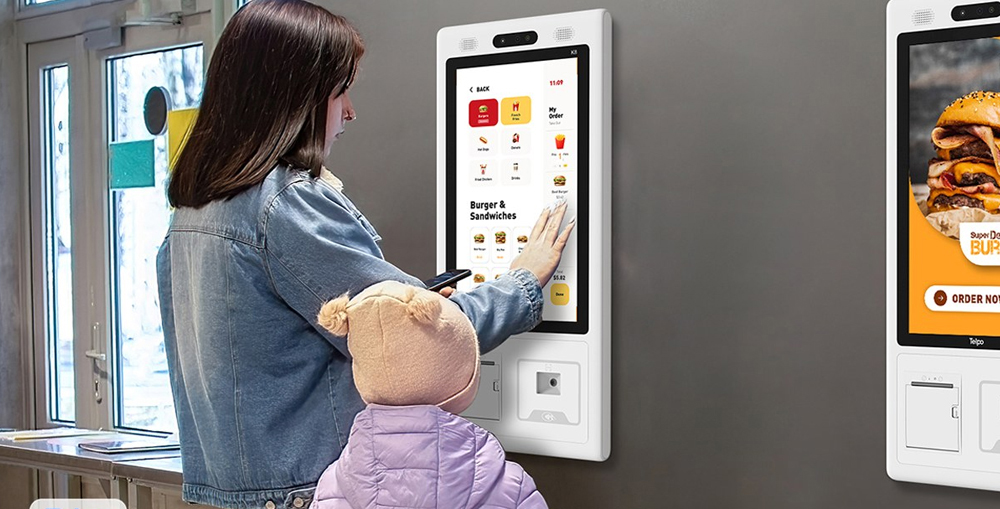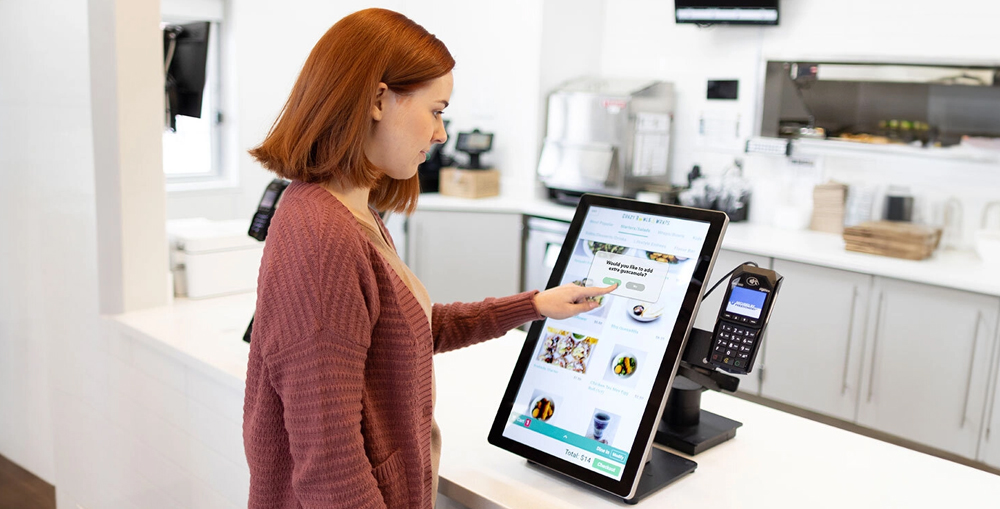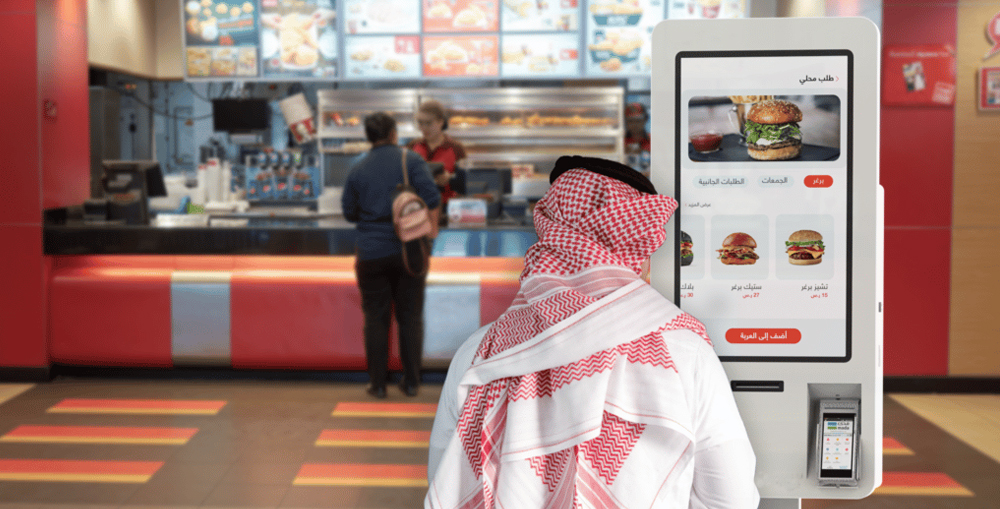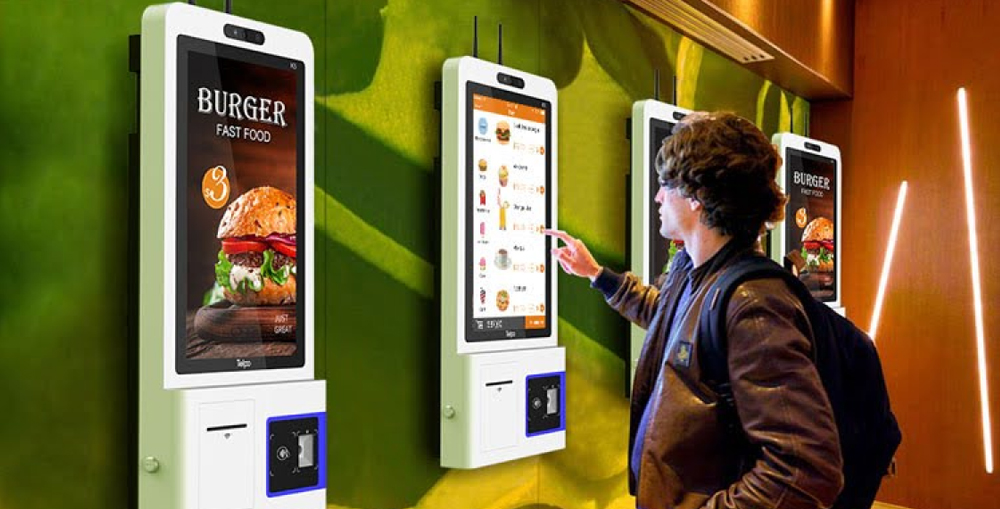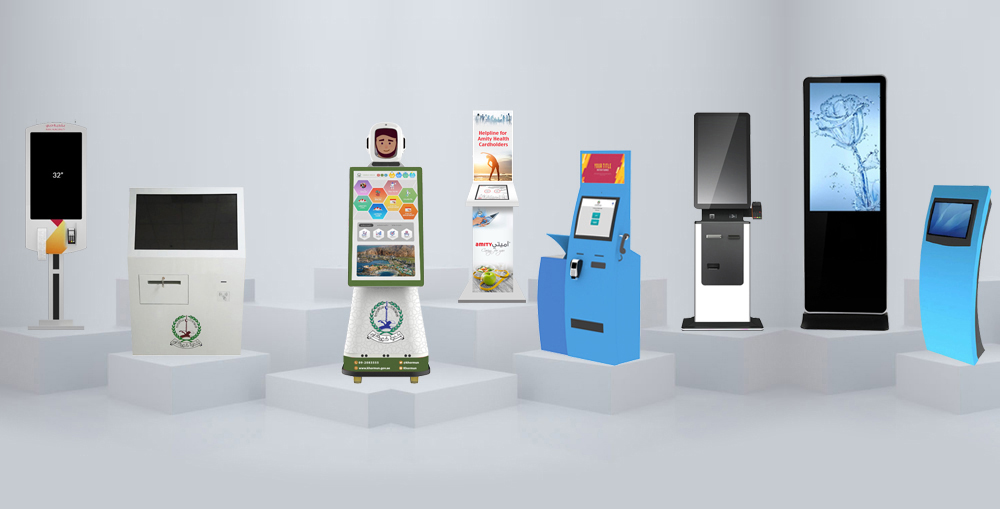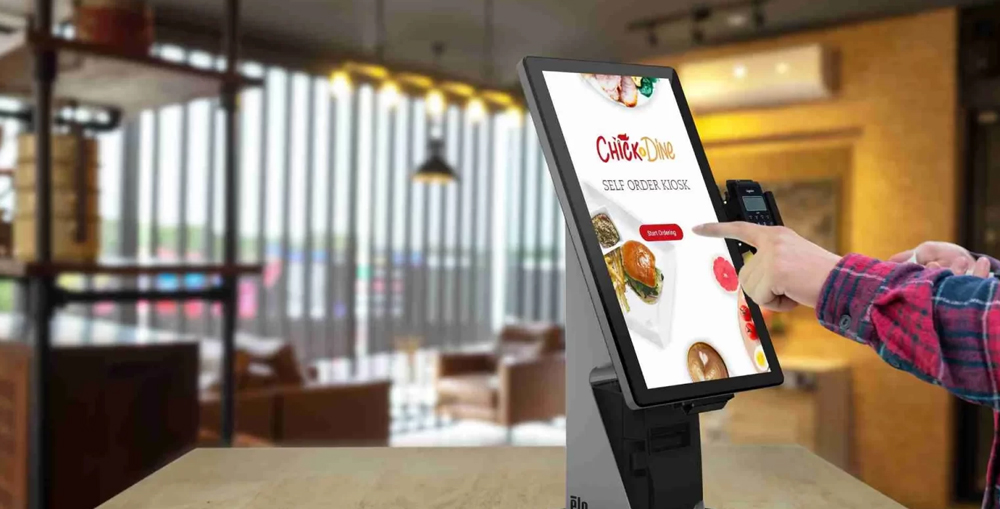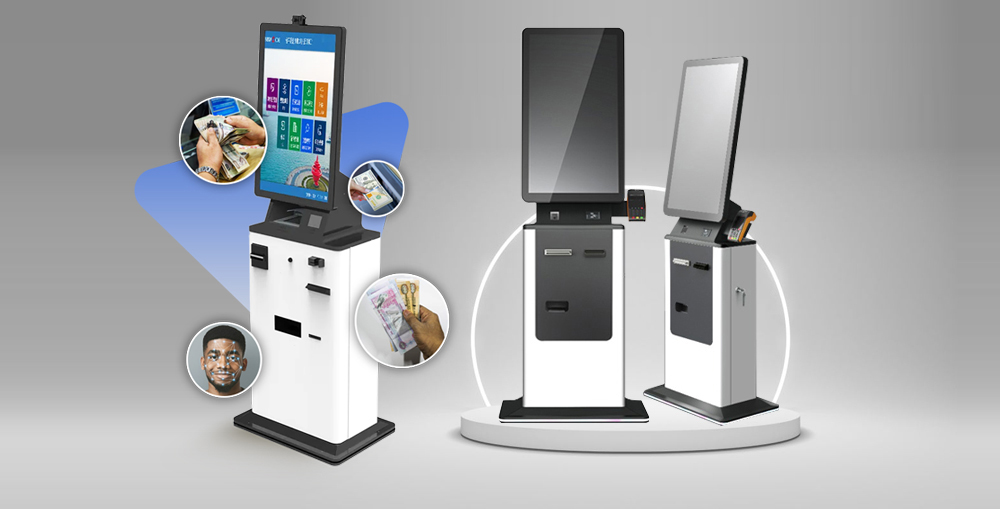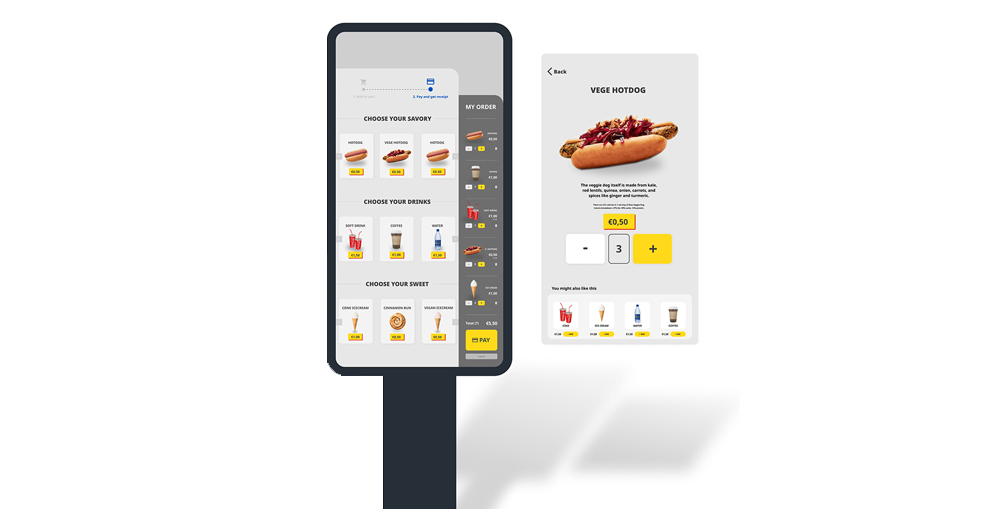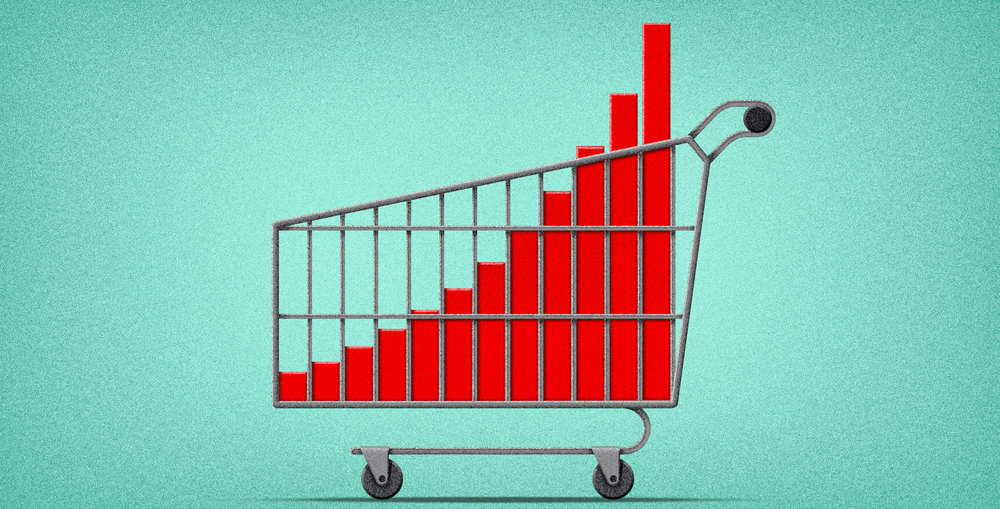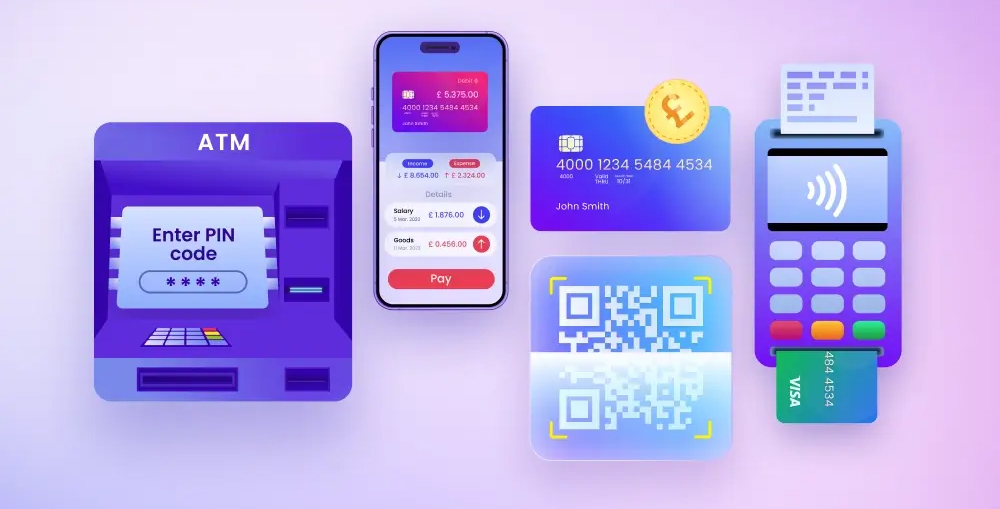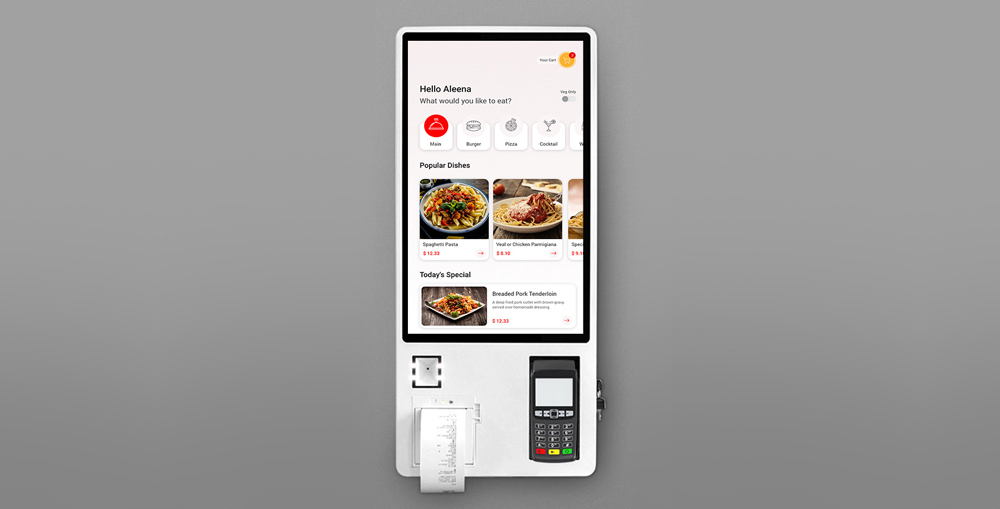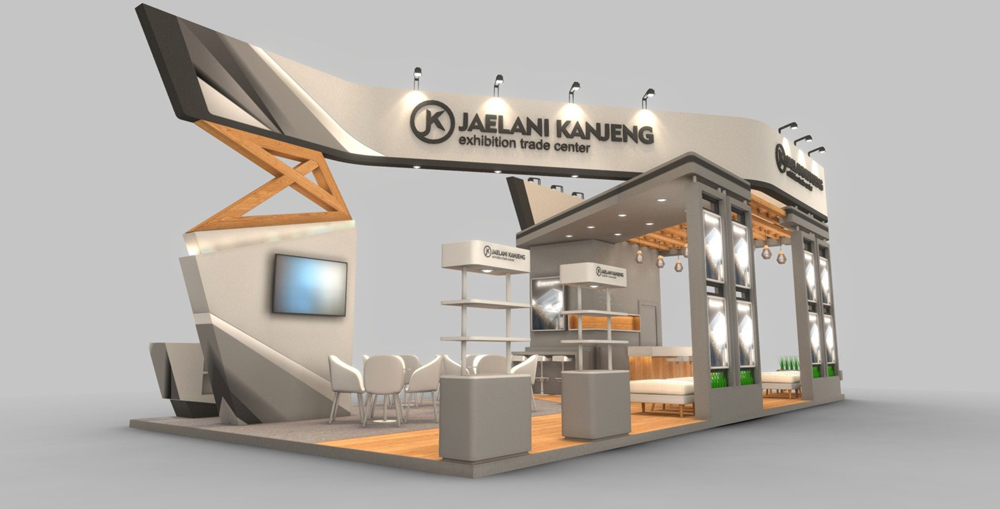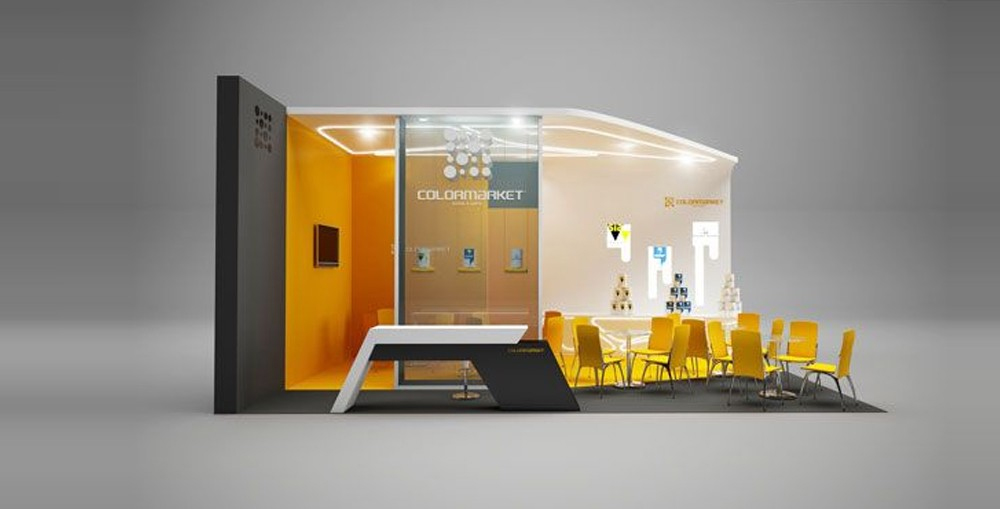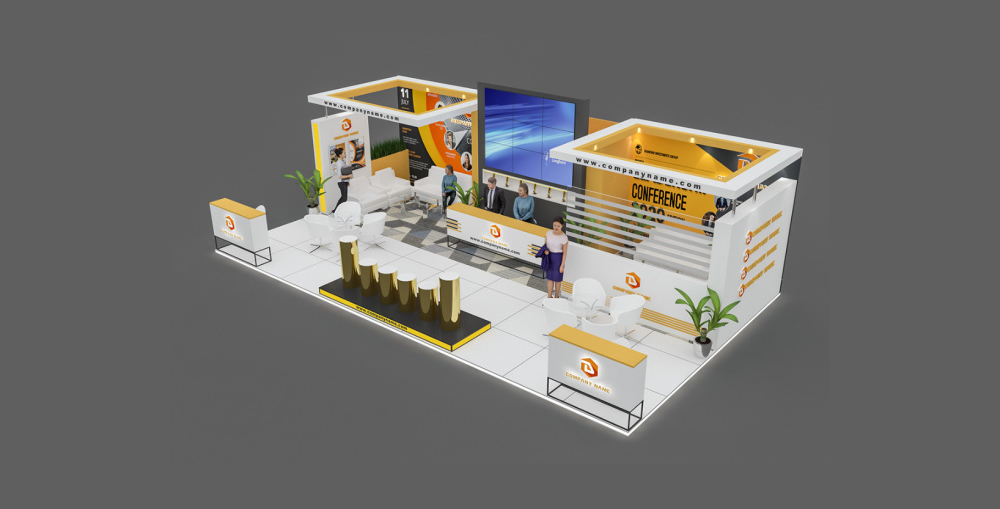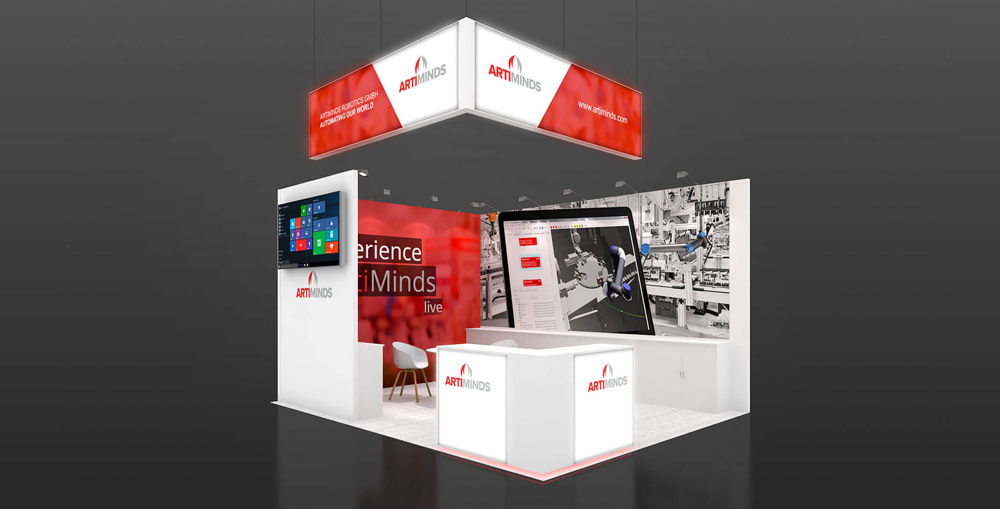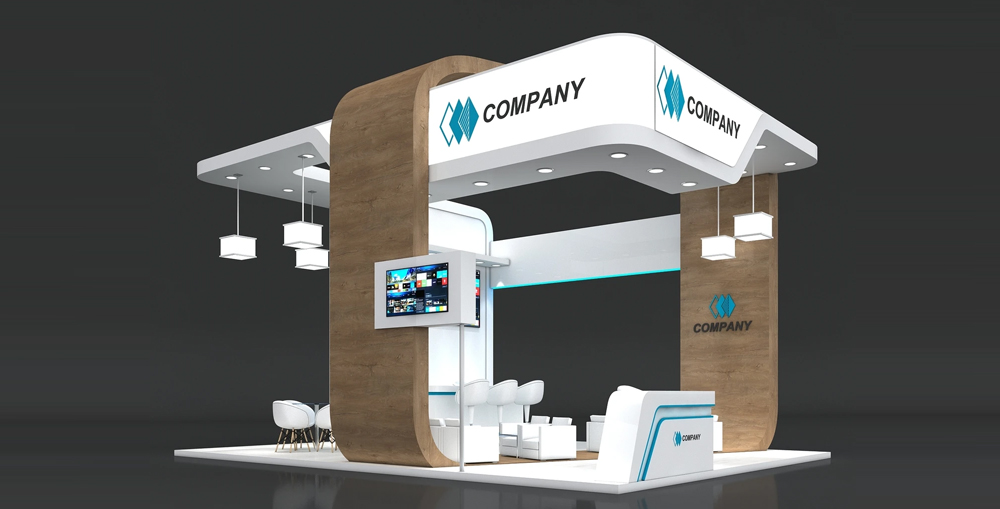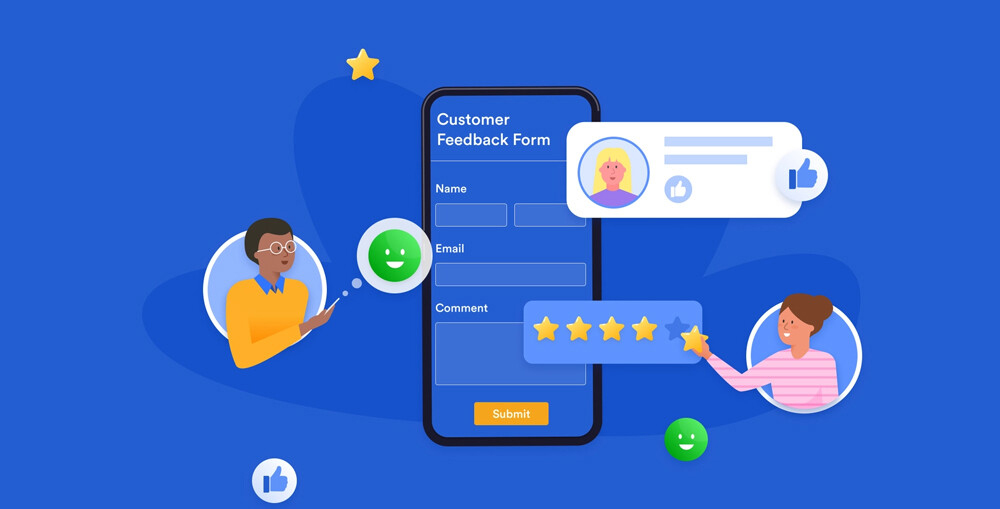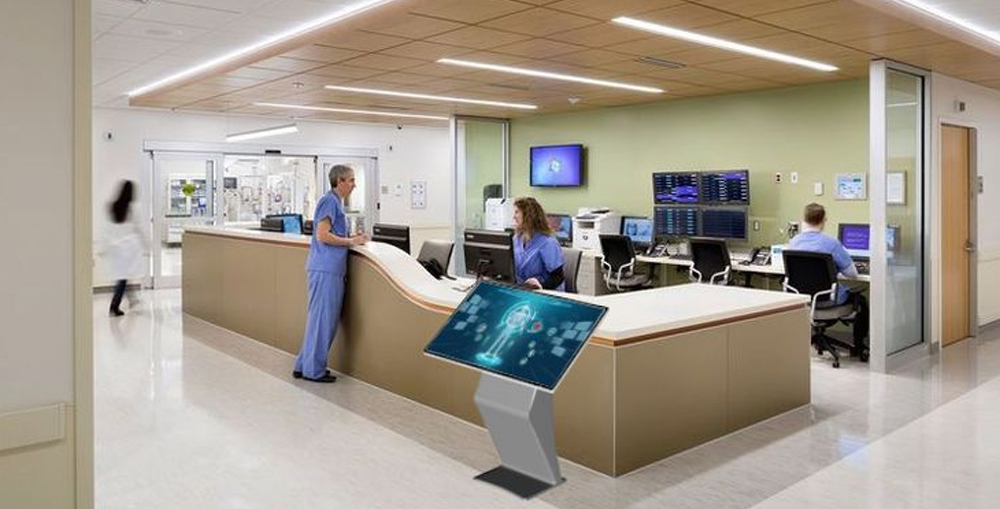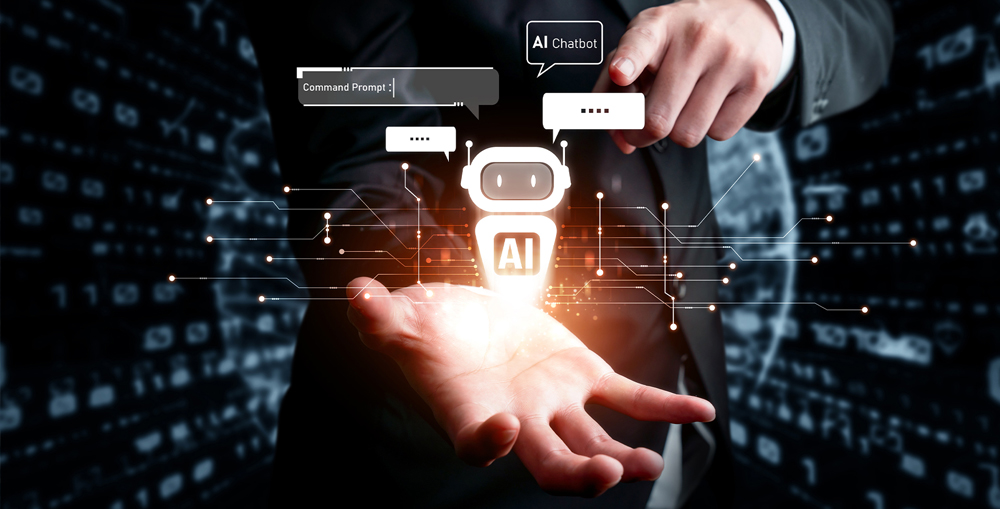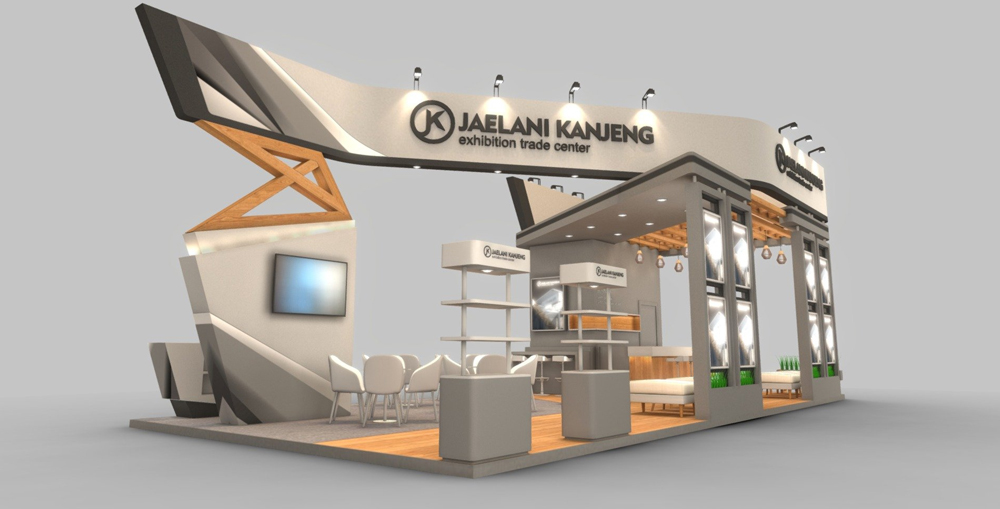The customer feedback is one of the most valuable asset for any business especially in modern and rapidly evolving business landscape. The reviews, surveys or support tickets are not just customers’ opinion but a far deeper understanding of what customers loved about your brand and what frustrates them. However, in this modern era of digital transformation, the abundance of data and information has emerged as a biggest challenge for businesses.
Now a day’s the customer feedback is not only limited to occasional calls, email forms or on-site survey forms, but it has emerged as a multi-dimensional, complex and resource-intensive feat. The overwhelming amount of data and information has already pushed the legacy software solutions to their limits. This is where the AI steps is, particularly the customized AI Agents have proven as an ideal solution for modern day’s complex challenges.
A customized AI Agent is a software solution, which inherits multiple AI features such as advanced analytical tools, NLP/NLU algorithms and much deeper understanding of context which is essential to evaluate customers’ emotions and sentiments. Listening to customer voice help businesses improve their products and services. However, that is not as that simple, collecting customer feedback through multiple digital channels and across multiple touch-points in itself is a very resource-intensive.
Moreover, converging the feedback data to a single data repository is nearly impossible, considering the limitation of traditional or legacy software solutions. The AI has answer to all these problems, especially the customized AI Agents who are particularly trained on your own data and aligned with your goals. In this blog we will discuss how a customized AI Agent for customer feedback system can do wonders.
See Also: Key Features of a Customer Feedback System

Understanding the Basics of a Digital Customer Feedback System
Challenges with Traditional Customer Feedback Systems and VOC Methodologies
Every piece of customer feedback, whether good or bad, matters a lot in understanding the true customer sentiment. The VOC (voice of customer) help businesses understand what their customers like about their products and services and where they need to make improvements. No matter how many market research you conduct, how much data you analyze, that will still be guessing if it is not validated by your actual customers.
Rapidly growing markets such as in Dubai, Sharjah, Abu Dhabi and broader UAE, where the competition is high and the innovation is fast-paced, the customer opinion matters the most. Remember, at the end of the day you will have to sell and serve your customers. If customers are satisfied with your products and services, they will surely going to return, if they are unhappy, they are most likely to go with a competitor instead.
When it comes to collecting and analyzing the customer feedback data, it is a very resource intensive and challenging task. Businesses often rely on hybrid-methodologies, which involves both manual work and digital tools. In today’s world the customer voice is scattered across multiple channels and platforms. The traditional customer feedback management offer limited data collection tools and lack any ability to interpret or correlate two different types of feedback data and from different data streams.
This could sometime lead businesses to take unsuccessful decisions which can harm both customers and business reputation. The customized AI Agents who are trained specifically to operate in customer experience management, have ability to perform in-depth analysis, understand the context of the feedback, relate data from different sources, and have incredible ability to identify the smallest patterns which can never be identified manually.
See Also: How to Use Customer Feedback Systems to Drive Innovation

Customer Feedback System Supports Many Metrics and Feedback Data Types
Another most crucial aspect of customer feedback analysis is the human factor. Different staff members tend to interpret comments differently, which greatly increases the likelihood of misinterpreting customers’ true sentiment. Moreover, when multiple languages are involved, which is very common in UAE, then businesses needs more staff to analyze all those comments, and feedbacks. This is something that has direct impact on the operational cost.
However, with customized AI Agents, none of this is true, the customized AI Agents can understand virtually any language with consistent and very precise outcome. A customized AI Agent can operate 24/7, it never get tired, it doesn’t have bad mood, doesn’t get sick, or never require a break. All these factors make AI agent an ultimate analysis tool. The actionable insight produced from feedback data is only as good as the analysis is.
Moreover the customized AI Agents are also excellent in seamlessly integrating multiple data sources without compromising the quality of the data, which is essential for an accurate analysis. Many businesses, especially the small businesses doesn’t have enough resources. That is why the customized AI Agents are an ideal tool to produce actionable insight from customer feedback data.
Even if you are a large enterprise and have enough resources, sniffing for patterns through a large volume of data could be a challenging task. The customized AI Agents on the other hand has incredible ability to identify the smallest changes in patterns which are impossible to identify by the human eye. These features make customized AI Agents an ideal companion for customer feedback solutions. Processing large volume of data and accurate advanced analysis eliminate inefficiencies of traditional VOC methodologies.
See Also: How a Customer Feedback System Helps Your Company Grow

Multichannel Feedback Collection
How Advanced Feedback Analysis with AI and Machine Learning are Changing the Game?
The advancements in AI (Artificial Intelligence) has revolutionized the software development landscape. It is currently driving the next wave of digital transformation across all industries. The AI is vastly different from the traditional software application, as it is built on a multi-dimensional database which raise its ability to process large volume of data by many many time more than any conventional software application.
Moreover the AI is built on very large volume of source code, known as algorithms, and an AI applications are built using very latest and technologically advanced frameworks. Abilities like NLP/NLU (natural language processing/natural language understanding), ML (machine learning), LLM (large language models) and reasoning are inherent features of AI. Moreover the customized AI Agents are specifically trained on your own data, and are fully aligned with your company goals.
When it comes to the customer feedback system, the AI outperforms almost in every aspect. Whether it is quantifiable feedback, structural or unstructured data, comments or suggestions, rating, behavioral analysis, sentiment analysis or any other advanced analysis, the AI clearly dominates in all fields. This is what makes customized AI Agents an ideal solution for modern day’s customer feedback management needs.
Moreover the AI has become so advanced that it can take key points form any sort of user-generated content, whether it is online feedback, social media comments, topic detection, photos or even videos, etc. Moreover the customized AI Agents are can read, understand and interpret customer feedback like any ordinary human does. Not only that, but the AI Agents can accurately understand and identify the sentiments, and hidden insight form a very large volume of feedback data within minutes.
See Also: Leveraging Customer Feedback System for Business Growth

Customer Feedback System: Categorization and Data Analysis
One of the greatest advantage of a customized AI Agent is that it is trained on your organization’s data, it knows and understand your products, services, brand voice, and it is fully aware of the common problems your customers are facing like an insider. Think of a customized AI Agent like an ordinary staff, who is well-trained in customer feedback management, but has incredible analytical skills, literally makes no mistake, never gets tired, remains persistent 24/7, and can perform tasks at lightning speed.
This is what makes them so special and very efficient at managing and analyzing customer feedback. The customized AI Agents can seamlessly integrate with existing IT infrastructure such as customer feedback system, CRM, POS, financial system, or ERP and multiple communication channels such as websites, mobile applications, call centers, or on-site touch screen kiosks, etc.
The biggest challenge with the customer feedback is the large volume and diversified data types. Businesses ask different types of questions, for example, the NPS Score, CSAT, CES, General Satisfaction Surveys, Multiple Choice, Rating Scales, Happiness Meter and many more. Along with that businesses also gets comments and suggestions in text, then there are other channels such as customer portals, mobile apps, and social media, etc.
All these different types of feedback data has to be analyzed to understand the actual customer sentiment and to produce actionable insights. The large volume of data itself is a big challenge for feedback management, then with manual and semi-automatic analysis methods also lack accuracy and depth. The AI on the other hand has advanced analytical abilities, and can detect even the smallest change in trends and identify hidden patterns which make them ideal for feedback solutions.
See Also: 5 Best Practices for Designing Effective Customer Feedback Surveys
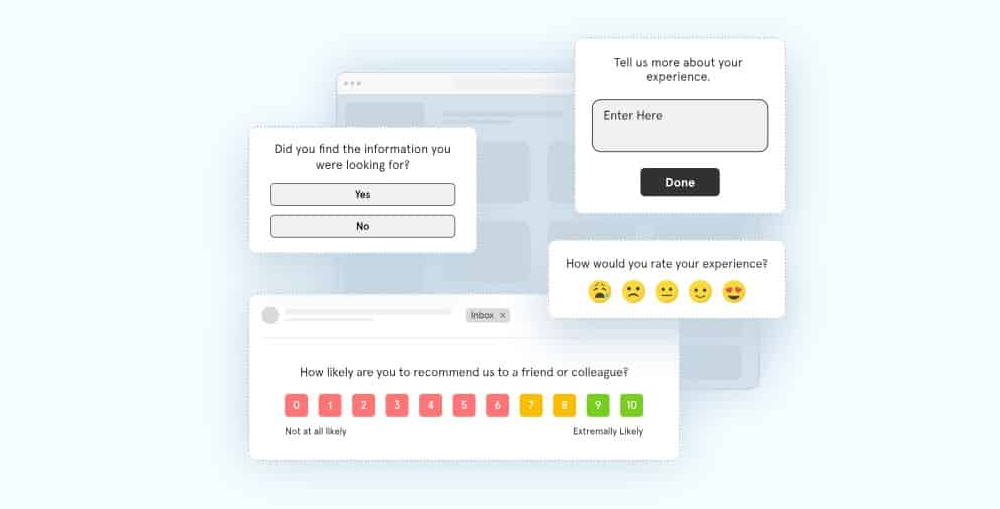
Customer Feedback System Provide In-Depth Data Analysis and Actionable Insights
How Customized AI Agents Work with Customer Feedback Management
A customized AI Agents is not just a smart software application, but it is a kind of virtual employee, who can process extraordinarily large volumes of data, who can reason and think, who is goal oriented, and who never gets tired. A customized AI Agent is trained on your company data, it is optimized for a particular job role, and it is fully aligned with the organizational goals and objectives and strategic demand of the role.
This means that a customized AI Agent not only think, learn and adopt but it can also derive new workflows, methods and take actions to achieve the designated goals and objectives. An AI Agent can perform tasks at lightning speed, it is fully synchronized with internal digital solutions, customer touch points and digital communication channels. It can converse with both customers and employees through chat and voice and it can analyze and interpret images as well.
Here an important thing to understand is that the customized AI Agents are not human replacement, but they are designed to work in harmony with the human staff to boost their productivity, efficiency and accuracy. For example, in case of reviews, comments and suggestion, when a customer writes or says they are happy with the service, the customized AI Agent will mark it as positive, if they say they are frustrated, the AI agent will mark it as negative.
The customized AI Agents leverage the NLP/NLU algorithms to translate and interpret the customer’s language. Not only that the customized AI Agents can be trained for virtual have any language and they also supported multi-lingual interaction. This is what makes them ideal and save a lot of time for the team, rather going through every single line, the customer service agents or managers can instantly know if the customers are happy or unhappy.
See Also: Best Practices for Collecting and Analyzing Customer Feedback

Integrating AI in Customer Feedback System
Another remarkable feature of customized AI agents is their ability of topic detection which is nearly impossible with manual or traditional analysis methods. The customized AI Agents can identify the most discussed topics or the most repeated complaints from thousands and even millions of reviews or feedbacks. For example, if most of the customers are criticizing a particular feature of your product or for a particular aspect of the service, the AI Agent will immediately identify it.
Moreover the customized AI Agents address the fundamental problem with traditional feedback management methods, which is the ability to converge the feedback data from multiple sources. A customized AI Agent can collect, understand and interpret the feedback data simultaneously from online reviews, on-premises surveys, call transcripts, social media channels, and even the emails.
Managing customer feedback is always a resource intensive job. However, with the customized AI Agents businesses can automate several tasks, and implement customized AI Agents to ensure smooth data flow and automation in internal processes. Moreover businesses can leverage the potential of customized AI Agents to take quick actions. For example, if let say 20 customers simultaneously reported a particular service is down, then that could trigger an alert for the managers and teams.
By consolidating feedback data form multiple channels, in-depth topic identification, advanced analytics and in-built automation tools, a customized AI Agent turn scattered feedback data into an actionable insight. This help your team to quickly identify the problem and expedite their investigation. On top of that the employees and managers can produce complex reports by simply asking the AI Agent to do so.
See Also: How to Develop a Customized Customer Feedback System to Ensure Success
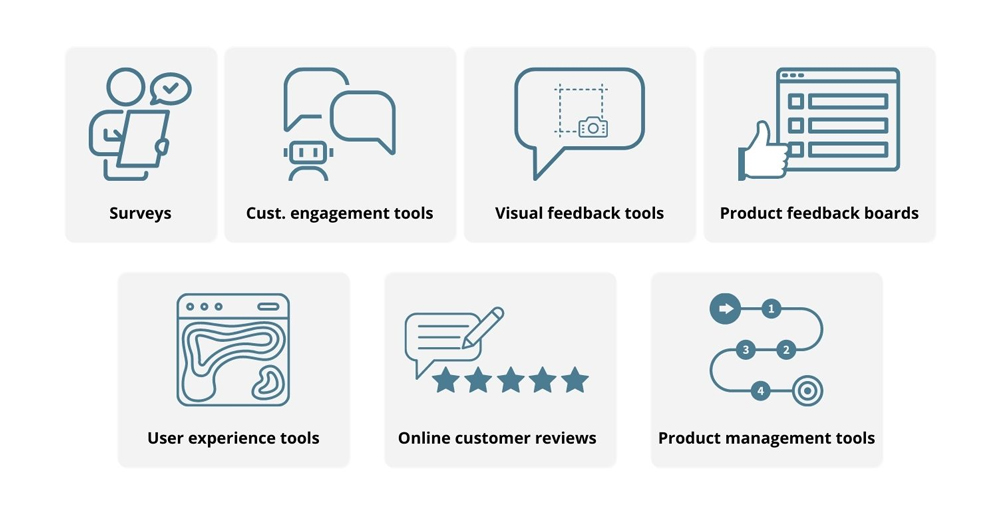
Collecting Customer Feedback Data with a Digital Customer Feedback System
Customized AI Agents Turn Feedback Insights into Actions
The customer feedback management consists of four parts, collecting the customer feedback data, analyzing it, then taking action on it and at last inform the customers about these actions. This is also called closed-loop feedback system. No matter how accurate your analysis are or how efficient your feedback data collection channels are, if you never take timely actions, then you can never leverage the full potential of VOC (voice of customer).
An AI Agent not only improve feedback data collection methods, it help centralizing the feedback data from multiple sources and offer complex analysis at a lightning speed. Since the customized AI Agents are trained on your own company’s data and are familiar with your internal workflows, business processes and organizational goals, it help AI Agents to understand the priority and level of urgency for any particular complaint or reported problem.
For example, if suddenly customers start marking online payment method as inefficient, then it means there could be something wrong with the payment gateway, hence require instant review by the relevant team. The customized AI Agent has ability to identify all such matters with accuracy and accordingly it can notify relevant teams, management and personals to take prompt actions to resolve this problem.
On top of that the customized AI Agents also has ability to understand different levels of priority and urgency for any feedback. The customized AI Agents are incredible at sensing changes and adopting to new conditions without compromising on the set goals. Moreover the customized AI Agents can be integrated with any digital tool which enables them to improve internal workflows for enhance staff performance. An AI Agent is not a replacement of a human staff, but it is a very powerful supportive tool to boost performance.
See Also: The Impact of Real-Time Feedback on Customer Experience
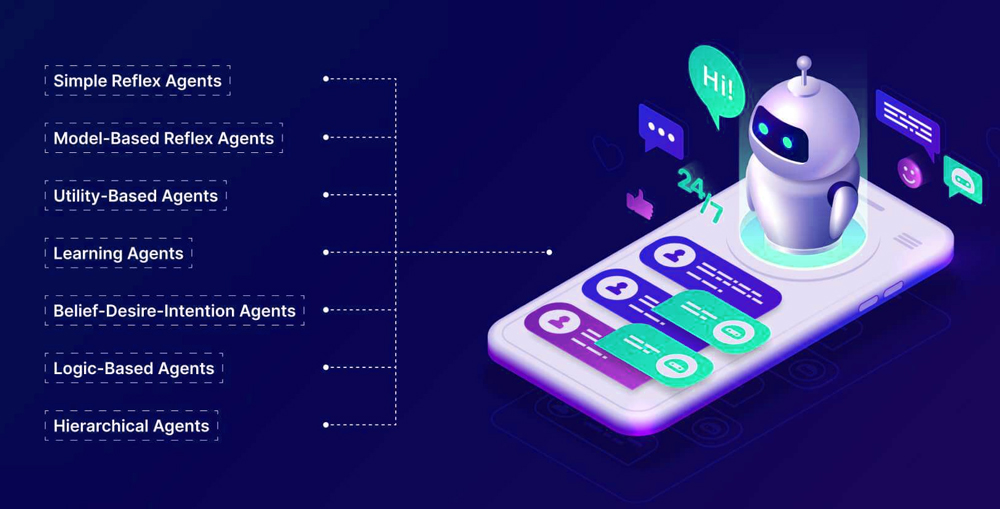
What are AI Agents? (A Quick Introduction to AI Agents)
Conclusion
Customer feedback or voice of customers is one of the most crucial aspect of a business’s journey. The customer feedback offers a windows opening directly inside the customers’ minds. Businesses always struggle with managing customer feedback data, as it is complex, diverse, and scattered all around. Traditional or legacy customer feedback systems where simplify various processes and automate many workflows, they still fell short in many aspects.
This is where the AI (artificial intelligence) steps in and help businesses with many challenges. One of the biggest challenge is the scattered data and different data types, which makes analyses much more difficult and reduce the accuracy. Moreover businesses want to process this data in a way to extract actionable insights. These insights later drive their strategic decisions and help them convert the feedback data into actual improvements.
Integrating a customized AI Agent in customer feedback system help businesses easily and autonomously manage structured and unstructured feedback data and perform advanced analysis with lightning speed. Regardless of complexity and volume a customized AI Agents is proven to be highly accurate and efficient. This is what makes them ideal companion for customer feedback systems. Moreover the customized AI Agents are trained on your own company’s data which enable them to understand and adopt your unique organizational culture, brand voice, and high-level organizational goals.
See Also: 8 Proven Practices for Successful Customer Feedback Management
The AI Agents are goal oriented and they can take decisions based on historical and real-time data to ensure positive progress towards goals and objectives. In this blog we have discussed how customized AI Agents can be a game changer for your feedback management. If you want to learn more or if you want our help to implement a customized AI Agent enabled feedback system, please feel free to contact us through our Contact Us page or leave a comment in the comment box below and we will get in touch with you soon.

